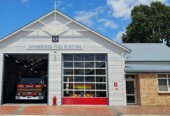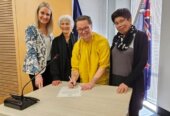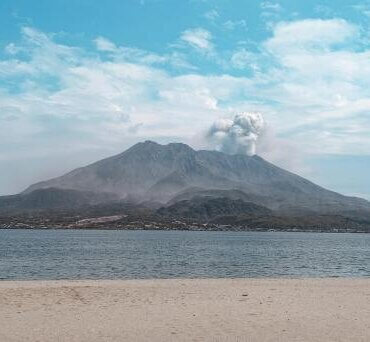
Volcano Aira on Kyushu Island, Kagoshima, Japan.
A first eruption holds a special place in every volcanologist’s heart. Mine was in 2013 near Kagoshima city, located at the southern end of Kyushu Island in Japan.
I was there for a volcanology conference in my first year of my PhD as volcanologists from around the world arrived to discuss our latest research.
Japan is a pretty good destination for visiting or studying volcanoes, with around 118 that have erupted within the past 12,000 or so years, meaning that they are potentially active and could erupt again. Both on land and offshore, Japan is home to volcanoes that produce an impressive range of eruption styles.
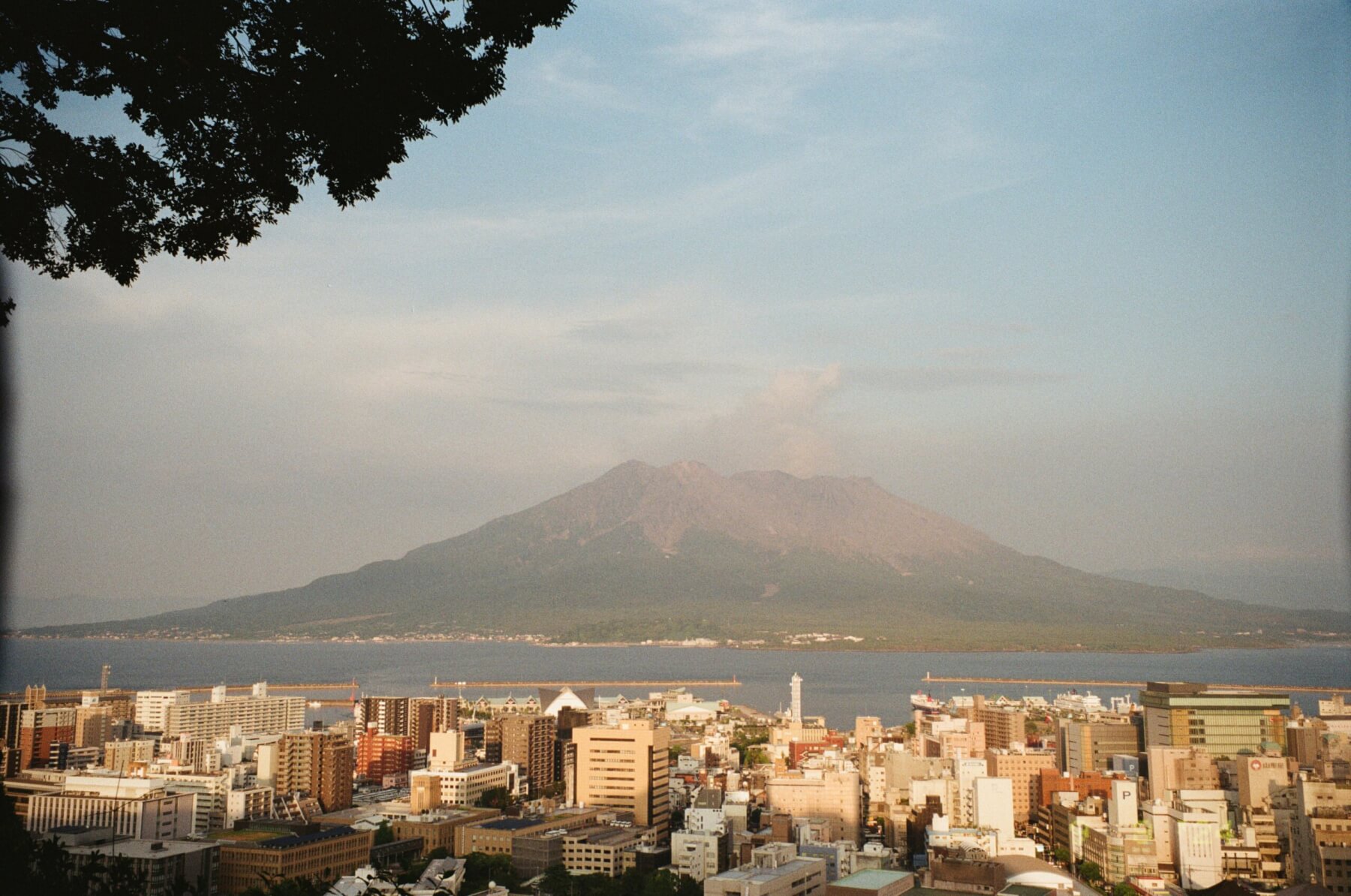
Scenic View of Kagoshima with Sakurajima Volcano. Photo: Jiayu Wu, pexels.com
Sakurajima volcano provides a beautiful view across the bay from Kagoshima. The local communities have adapted to life alongside this frequently erupting giant. Sakurajima is part of the broader Aira volcanic complex, which includes a caldera and lava flows that, during the 1914 eruption, connected the once-isolated volcanic island to the mainland.
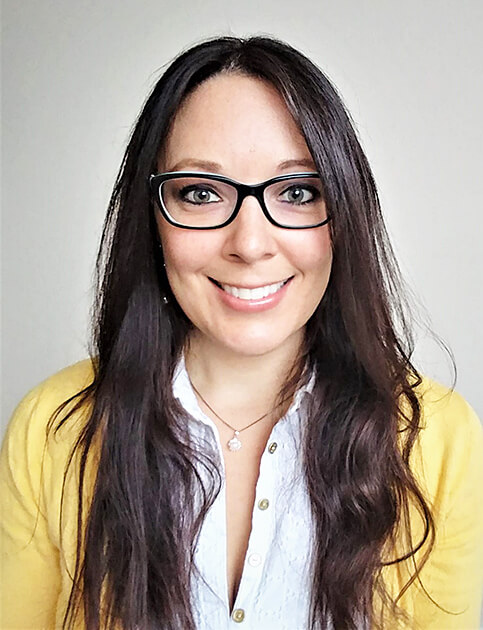
Janine Krippner
This is a volcano well known for producing frequent small ash plumes made of pulverized rock and volcanic gases, along with the occasional larger explosion that deposits ash on nearby communities. There are also impressive videos taken at night that show incandescent ballistics (hot, glowing rocks) blasted out of the active vents, sometimes accompanied by visible shockwaves and volcanic lightning.
On my first day in the city, a couple of friends and I took a ferry over to the volcanic island to explore. It didn’t take long for a light-grey ash plume to rise from the summit. My first eruption. Several days later on a field trip around the region we all witnessed a larger eruption, which sent an ash plume higher into the air and over our heads. It must have been a sight to see dozens of volcanologists showing various levels of awe and excitement with cameras all facing the volcano.
For local communities, this kind of spectacle is normal. There are even people living on the volcano itself. On the island, we passed children walking in line with yellow safety helmets on their commute from school, showing how the volcano really is part of everyday life here. They’re prepared to evacuate if signs point to a more dangerous eruption of the well-monitored volcano.
The infrastructure reflects this level of preparedness. Locals have equipment for cleaning volcanic ash, especially from roads where it can make surfaces slippery and can cover important markings. Residents can also drop off bags of ash at designated spots for collection. If you think of how heavy a rubbish bag of sand would be, you can get an idea of the physical effort involved.
Between the friendly people, the prepared communities, and the beautiful, active landscape, Japan left a great first impression. I even named one of my cats “Sakura” in honour of the experience.
There are a lot of lessons here for communities in New Zealand and volcanologists have taken note. It is a matter of time before we next have ash coating our landscapes, although as I write this, there is no sign that anything is about to happen any time soon!
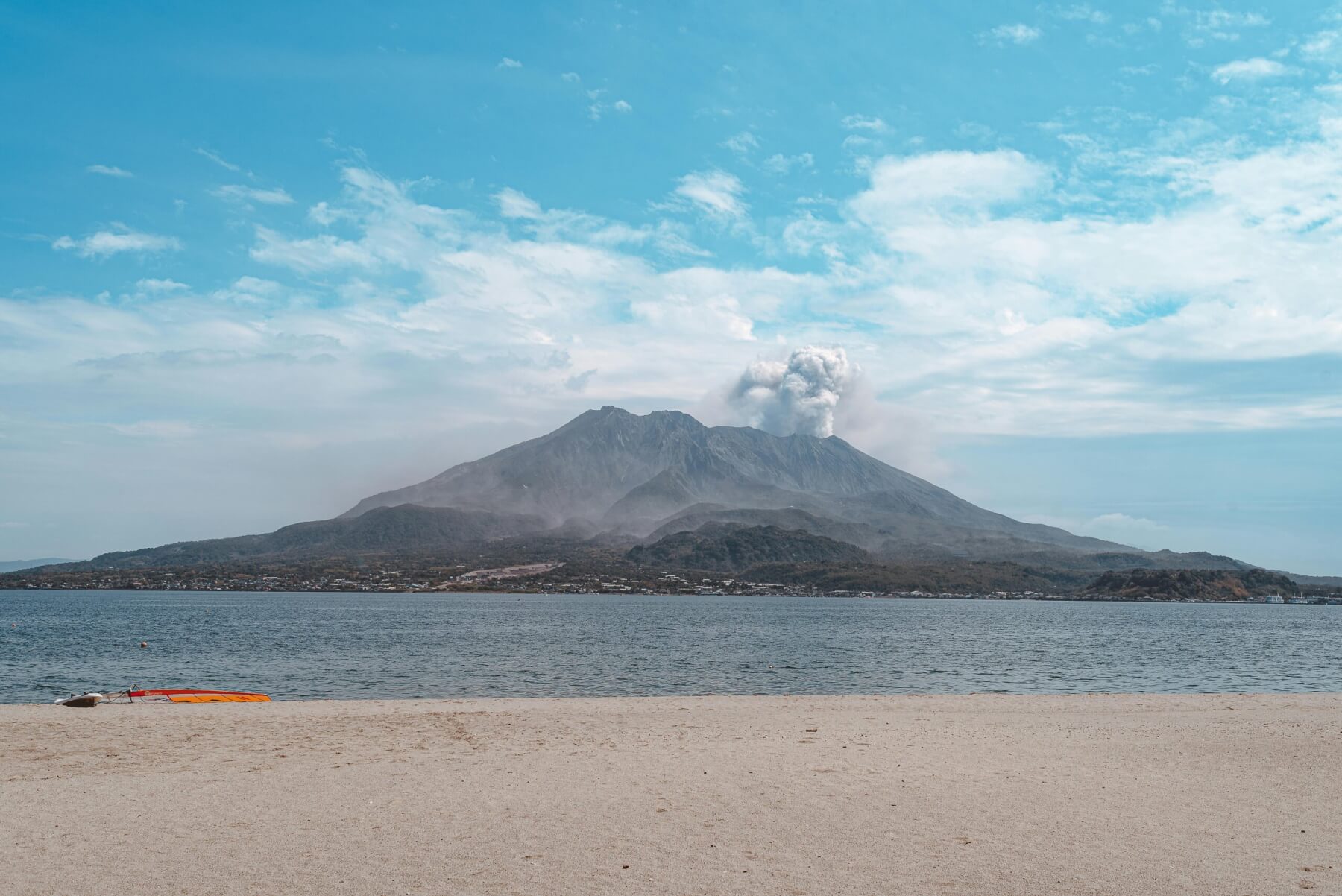
Volcano Aira on Kyushu Island, Kagoshima, Japan. Photo: Gije Cho, pexels.com.




